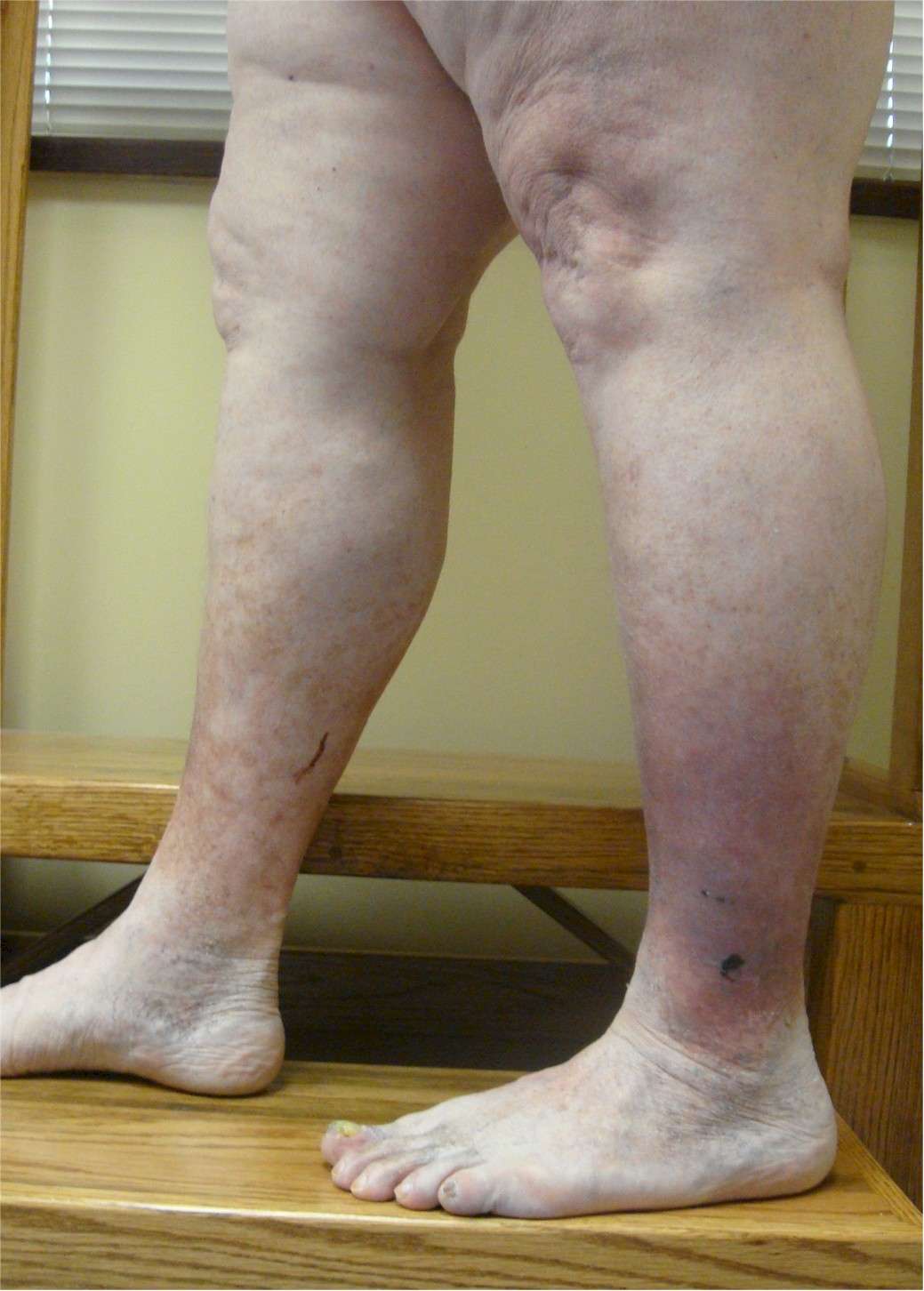You may be familiar with varicose veins and you may have even experienced some of their accompanying symptoms like pain, swelling and leg cramping.
One symptom of varicose veins that might surprise you is changes to the skin around the swollen vessel, which can become painful and even difficult to treat in some cases. It is important to recognize these skin changes and seek prompt treatment to avoid further complications.
What is Stasis Dermatitis?
Stasis dermatitis, also known as varicose eczema, is a type of skin condition that affects people with varicose veins. Varicose veins develop when blood begins to pool inside the vessels, causing them to swell and become varicose. This condition puts additional pressure on the legs as fluids can leak out of the vessels and into the surrounding tissue. The pressure causes skin inflammation and eczema, which may worsen if it is left unchecked for too long.
The symptoms of stasis dermatitis include:
- Pain or aching in the lower leg
- Swelling in the lower leg and ankle
- Itchy skin around the varicose vein
- Skin that is red and swollen
- Dry skin that may become crusty or scaly
When stasis dermatitis is not promptly treated, it can lead to thickening and discoloration of the skin that may become permanent even if the varicose veins are treated in the future. In addition, if an injury occurs to the affected area, even the smallest nick, it can quickly grow into a large, gaping sore known as a venous ulcer. These open wounds can be very painful and difficult to treat, due to their high rate of infection and recurrence.
Treatment for Stasis Dermatitis
Stasis dermatitis is often treated in a variety of ways to ensure the affected area responds quickly and efficiently. Topical solutions, including topical steroids, may be used to reduce the itch and inflammation. Your vein specialist may have specific moisturizers to try as well to keep the skin soft and prevent thickening.
Swelling is another significant concern with stasis dermatitis, since the persistent pressure can make the skin condition worse. Compression stockings, which improve blood flow in the lower leg, are often prescribed to patients with this skin condition. Patients may also be advised to elevate their legs a number of times a day to improve circulation and give the swollen varicose veins a much-needed break.
The best way to address stasis dermatitis is to treat the underlying cause of the condition – the varicose veins themselves. Fortunately, there are a number of effective, minimally-invasive treatments that successfully eradicate those swollen vessels and their accompanying symptoms. At Vein Specialists of the Carolinas, we offer a variety of vein treatment options that allow us to customize treatment to the unique needs of each patient.
To learn more about your choices in varicose vein treatments, schedule an appointment to have your veins evaluated.
“All We Do Is Veins, All Day Every Day.”


